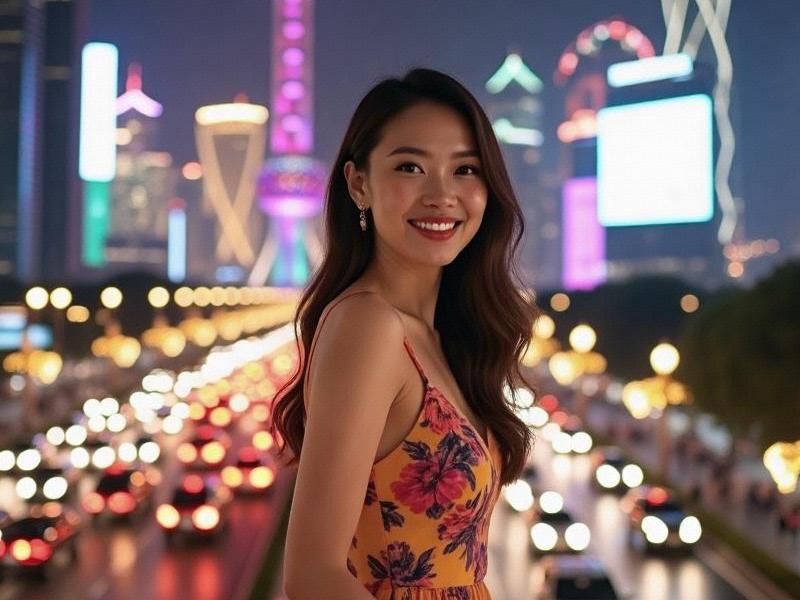
SECTION 1: HISTORICAL CONTEXT (500 words)
• The Qipao Revolution: 1920s-1940s Shanghai style icons
• Socialist Era Transformation: Beauty as bourgeois concept
• Reform Period Reawakening: Return of cosmetics and fashion
• 21st Century Boom: Plastic surgery and digital beauty filters
SECTION 2: CONTEMPORARY LANDSCAPE (800 words)
1. The Shanghai Look:
- East-meets-West makeup techniques
- "Haipai" (Shanghai-style) fashion distinctiveness
- Plastic surgery tourism patterns
上海龙凤419体验 2. Economic Dimensions:
→ ¥28 billion local beauty industry
→ Livestream commerce beauty ambassadors
→ Luxury brand localization strategies
3. Cultural Contradictions:
» Professional competence vs. beauty expectations
» Aging anxieties in youth-obsessed culture
» Feminist counter-movements
上海品茶论坛 SECTION 3: DIGITAL TRANSFORMATION (600 words)
• Douyin beauty filter phenomenon
• Virtual influencer rise (e.g., Ayayi)
• Algorithm-driven beauty standards
• Online communities redefining norms
CASE STUDIES:
- A post-90s cosmetic surgeon's practice
- Nanjing Road beauty counters evolution
上海品茶论坛 - Transgender beauty vlogger's journey
- French expat's Shanghai style adaptation
FUTURE TRENDS:
◈ AI-powered personalized beauty tech
◈ Sustainability-driven "clean beauty" movement
◈ Male grooming market expansion
◈ Post-pandemic naturalism resurgence
CONCLUSION:
Shanghai's beauty culture continues to evolve as both mirror and catalyst for the city's complex identity negotiations, offering insights into China's broader sociocultural transformations.
